
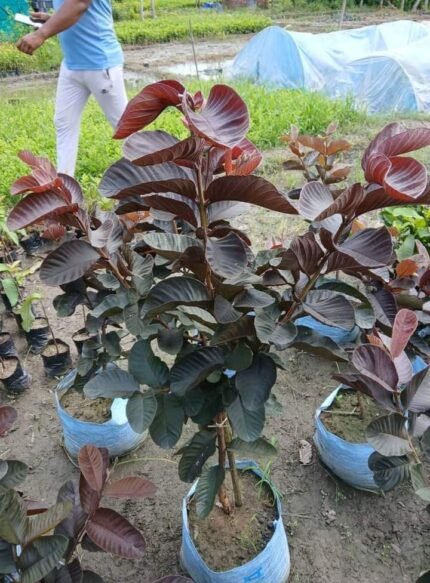
HASS AVOCADO(TROPICAL VERITY)
₹2,500.00 Original price was: ₹2,500.00.₹799.00Current price is: ₹799.00.
Overview of the Hass Avocado Tree
The Hass Avocado Tree is the most commercially popular avocado tree in the world. It was first grown by Southern California horticulturist Rudolph Hass, who named the variety. The fruit is known for its excellent taste, good size, long shelf life, and high yields. In fact, 95% of the California avocado crop comes from the Hass variety.
Fruit Description
Hass Avocados have dark green, bumpy skin that turns a purplish-black color when ripe. They are prized for their:
- Taste: Rich and creamy.
- Size: Medium to large.
- Shelf Life: Excellent, making them ideal for both commercial and home use.
The fruit matures on the tree and ripens after picking.
Climate and Sun Requirements
Heat Sensitivity
In areas like the San Fernando Valley, young Hass avocado tree leaves are susceptible to sun damage in the hot, dry summers. The large surface area of the leaves makes them prone to yellowing and browning. To prevent this, plant the tree where it will receive morning sun and afternoon shade.
Cold Sensitivity
Near freezing temperatures during winter nights can damage the Hass Avocado tree, causing leaves to blacken and dry. The tree performs best in coastal areas like Malibu, Ventura, Santa Barbara, and San Diego, where the ocean regulates temperatures. Protect the tree from cold winds in winter, especially in microclimates found in areas like Glendale, Burbank, Pasadena, and Sherman Oaks.
Botanical Information
The Hass Avocado Tree is a medium to large tropical evergreen with:
- Foliage: Large green to dark green leaves.
- Flowers: White flowers grouped in inflorescences. The flowers open as both male and female at different times, allowing for self-pollination depending on temperature.
To ensure cross-pollination, many growers plant Type A (Hass) alongside Type B (Fuerte) avocados.
Avocado trees can be alternate bearing, producing a large crop one year and a smaller one the next.
Planting and Watering
Location
- Wind Protection: If planting in a windy area, place the tree near a windbreak.
- Sun Protection: In hot climates, plant where the tree receives morning sun and afternoon shade to avoid fruit sunburn.
Soil and Watering
- Soil: Plant in well-drained soils with moderate temperatures.
- Watering: Newly planted trees should be watered twice a week to establish strong roots.
Maintenance and Care
Pruning
Prune the tree in winter to maintain shape and size. Ensure the lower branches (the skirt) do not touch the ground.
Irrigation and Mulching
- Keep the soil moist, but ensure the trunk remains dry to prevent rot.
- Mulch the root area with natural leaf litter or organic chunky mulch for best results.
Fertilization
Fertilize with nitrogen throughout the year in small doses. Regular fertilization supports healthy growth and fruit production.
History of the Hass Avocado
The Hass Avocado has an interesting history, originating in La Habra Heights, California. In 1926, Rudolph Hass, a postman and amateur horticulturist, purchased a seedling that turned out to be an exceptional variety. Initially, Hass planned to graft Fuerte avocados onto this rootstock, but when the grafts failed, he decided to grow the tree from the seedling. The result was the Hass avocado, which eventually became the dominant variety in the global avocado industry. By the 1970s, Hass avocados made up the majority of avocados sold in the U.S. Today, the Hass avocado is the leading variety grown worldwide, thanks to its excellent flavor, year-round growing season, and hardy nature.
India’s most trusted Nursery plants supplier (Wholesale & Retailer). Govt. registered Nursery. Supplier of all kinds of quality fruit plant, road side plants, Hilly area plants, flower plants, (Specialist of Indian & exotic Mango Varieties)
| POT | No (Normal paper bag)/grow bag. |
| MAINTENANCE | Best fruit plant, easy maintenance & fast-growing Plant |
| WATER SCHEDULE | Need Every-Day watering during its first three years of growth. After this, you will only need to water it during extended periods of drought. It is not necessary to water during fall or winter. |
| PLANT’S DIMENSION | Plant height with pot is 3fit+/Full ready plants. |
| SUN EXPOSURE | Thrives in direct sun light, but can tolerate low indirect light. |
| DELIVERY TIME: | Now if you do Order. We will dispatch as soon as possible |
| SYSTEM OF PACKING | .Live packing/Live loading via WhatsApp video call. |
| COURIUR &
DELIVERY MODE | DTDC / BLUE DART / ECOM EXPRESS/ DELIVERY/ TRAIN DELIVERY/FULL TRACK LOADING. |
| DISPATCH TIME | Delivery Time With in 2-6 Days |
| Return policy | If your Plant Delivery Time Damaged , so we will Send your plant Again , |
* ALL PLATS ARE GRAFETD AND 100% ORGINAL VERITY.
* If you have any damaged plants please Email us at info.ignc@gmail.com/Whatapp/Call-8967664936 and specify which plants were damaged. You may request an exchange within 3-5 days of delivery.
The Hass Avocado is the #1 most popular Avocado in California because it is self-fruitful and has a long fruiting season. The fruit has dark green-colored, bumpy skin which becomes a dark purplish-black when ripe. It is a Type A Avocado that can pollinate Type B Avocados. Avocado trees need morning sun and afternoon shade and can not handle overly windy areas. At younger ages, they only fruit once every other year.
Only logged in customers who have purchased this product may leave a review.


For domestic buyers, orders are shipped through registered domestic courier companies and /or speed post only.
We do not ship Indian Glorious Nursery products out of India.
Orders are shipped within 7 working days or as per the delivery date agreed at the time of order confirmation and delivering of the shipment subject to Courier Company/post office norms.
Indian Glorious Nursery is not liable for any delay in delivery by the courier company / postal authorities and only guarantees to hand over the consignment to the courier company or postal authorities within 7 working days from the date of the order and payment or as per the delivery date agreed at the time of order confirmation.
Delivery of all orders will be to the registered address of the buyer as per the credit/debit card only at all times(Unless specified at the time of Order). Indian Glorious Nursery is in no way responsible for any damage to the order while in transit to the buyer.

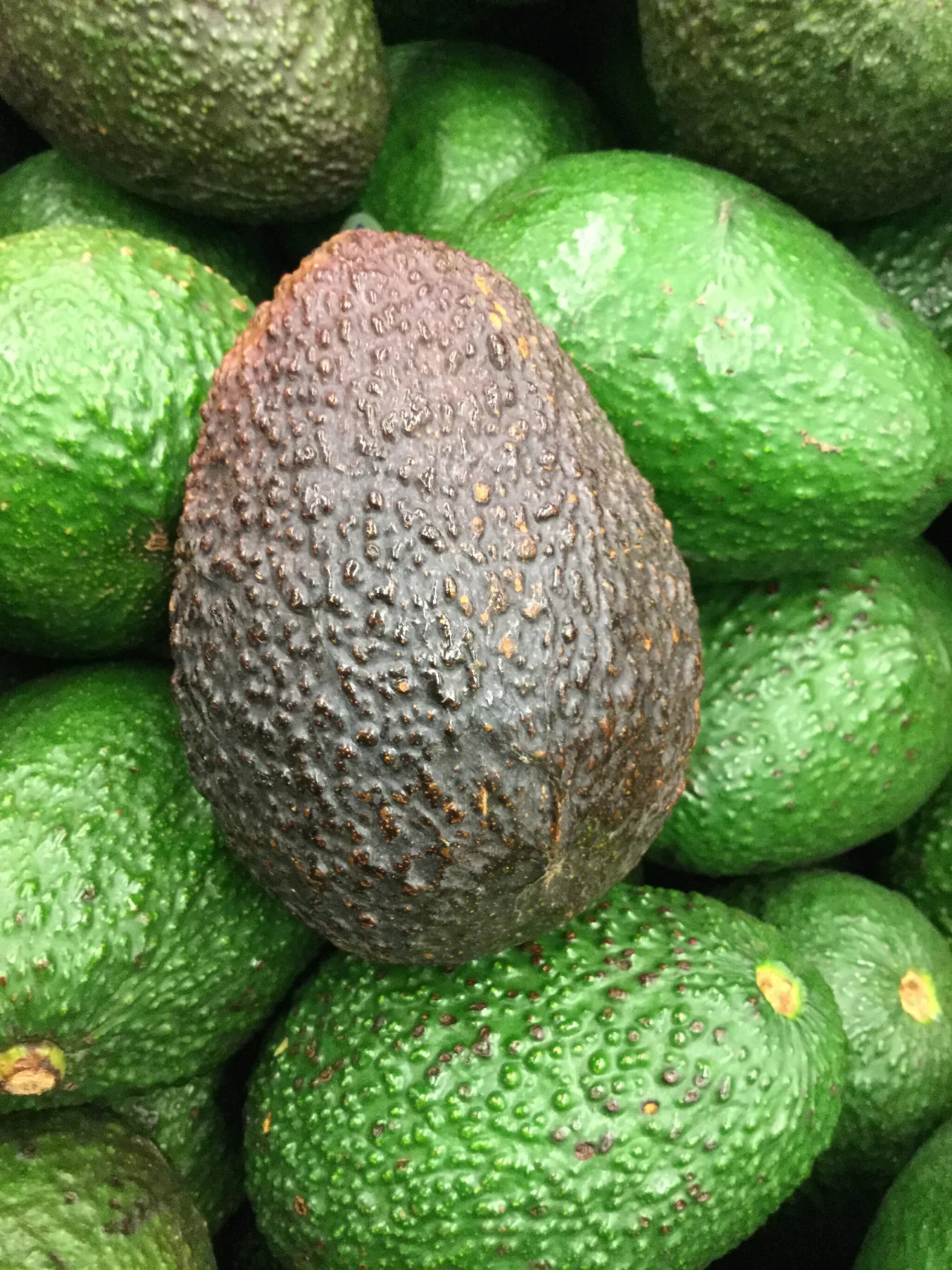
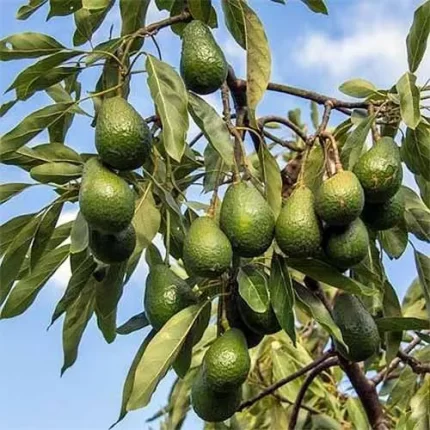
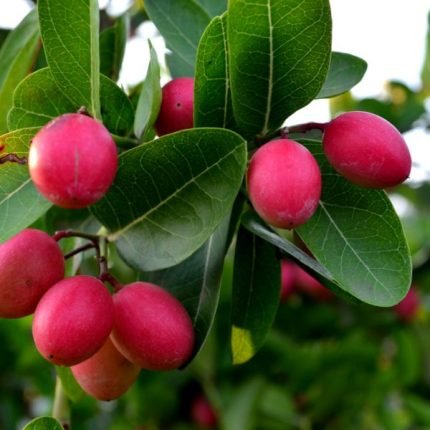
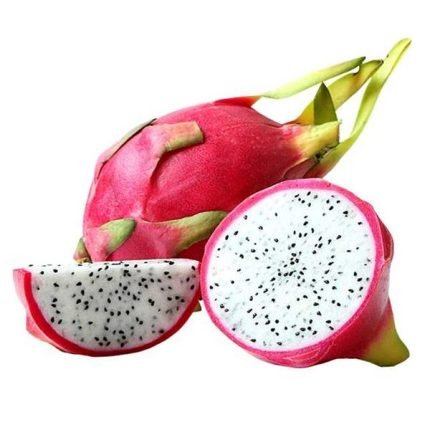
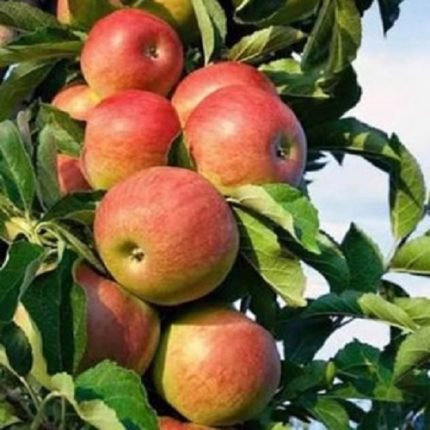

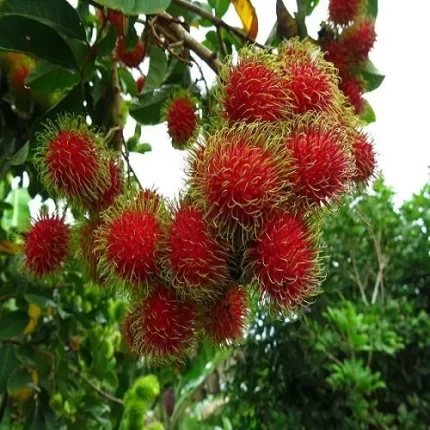
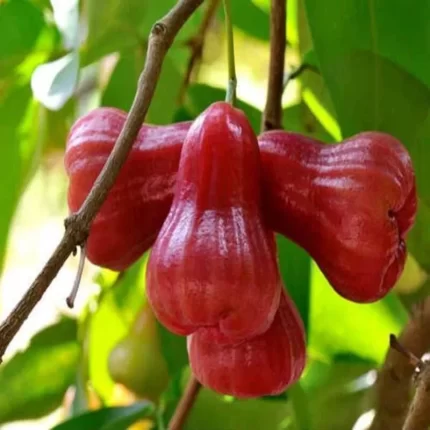











Reviews
There are no reviews yet.